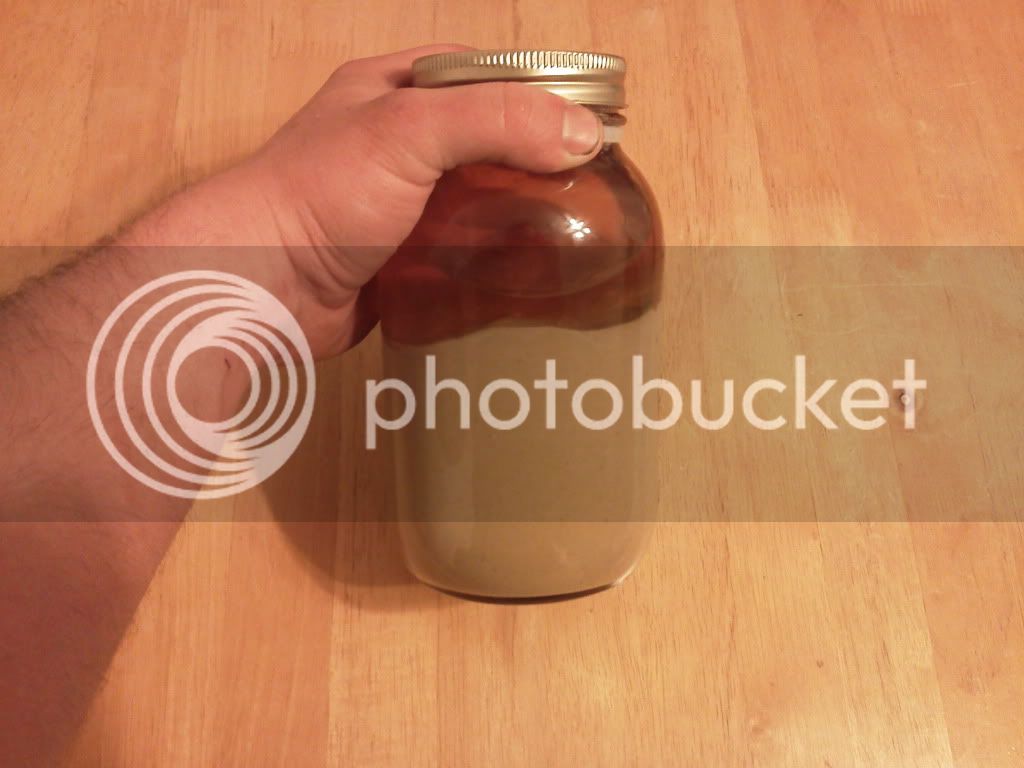What is the problem with not cleaning your yeast well when harvesting? I keep my hops in a bag, I siphon over so not to get all the trub, and what is in the fermentor is not that dark. When I add boiled water, and shake it up, it all settles back in the same color from top to bottom.
What does the trub do in refrigerated yeast that will cause problems?
What does the trub do in refrigerated yeast that will cause problems?




